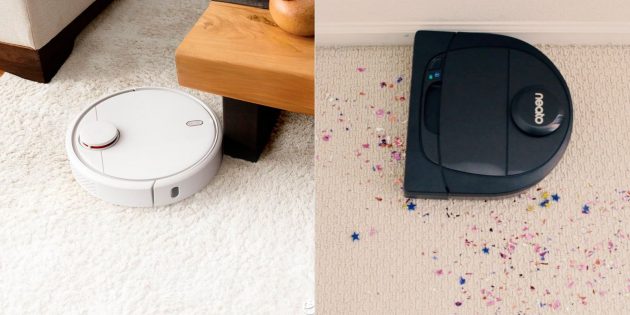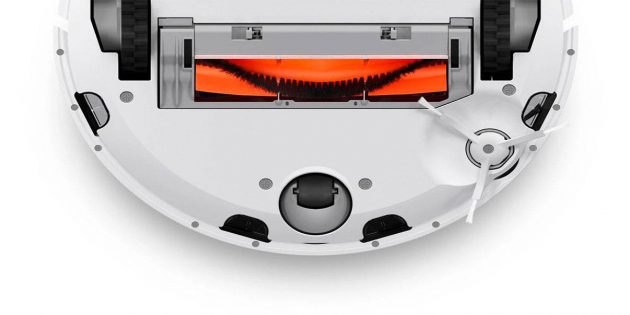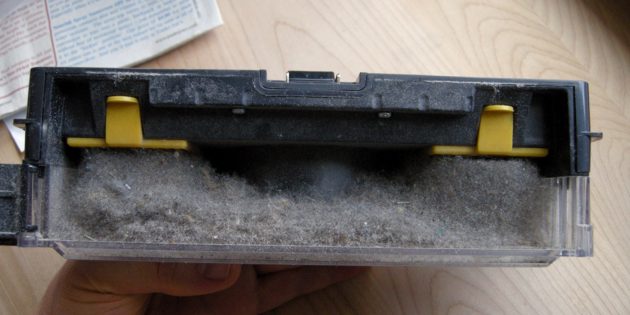Pay attention to these tips to buy the perfect smart cleaner without overpaying. Read more.
1. Cleaning area and power
This must be taken into account so that the vacuum cleaner does not leave half of the room dirty when going to recharge. It is better to take it with a margin because, in the characteristics, the area is indicated for empty rooms. Still, in fact, the robot will have to wind extra meters due to furniture and other obstacles.
Unlike conventional vacuum cleaners, the power of robots is much lower and ranges from 20 to 120 watts. Due to the lack of a hose and the compact design, this is sufficient. An indicator of 90 W and above is rare. Most robots have a power of 50-60 watts, which is enough for a full cleaning. At the same time, 30-watt models are suitable only for surface cleaning.
Read also: 20 Things You Should Get Rid Of During Your Next Cleaning
2. Dimensions and shape

The quality of cleaning will depend on the design of the robot vacuum cleaner. Round gadgets are worse at cleaning the floor in corners and near the baseboard, while square and D-shaped gadgets easily penetrate any corners and move well along the walls.
Of the dimensions, height is the most important. It should be about 1 cm below the furniture so that the cleaner can crawl under the sofa or closet. The height of robots is often The7–9 cm, but manufacturers usually indicate it without lidars, cameras, and other protruding parts. Therefore, be careful.
3. Type of brushes

There are three options; brushes, turbo brushes, and a combination of both. The first ones are usually equipped with the most budgetary models; the rest are more expensive robots.
Brushes-brushes are suitable only for surface cleaning on hard surfaces – they only sweep away large debris, which is then sucked into the dust collector. When there are two brushes, they rotate towards each other, and the particles get inside the vacuum cleaner. A single brush does a much worse job and often throws debris around the room.
The turbo brush is much more effective and capable of cleaning carpets, carpet, and other soft surfaces. It spins quickly, lifts the lint, and collects large debris and wool, hair, and small particles. Some vacuum cleaners have both types at the same time. This combination is more effective, but one turbo brush does a good job of cleaning.
4. The volume of the dust collector

Robots, due to their mobility, have a rather limited dust collector volume. Usually, it depends on the area to be harvested and ranges from 0.3 to 1 liter. The average indicator, which is worth focusing on, is 0.5 liters. The smaller dust bin is only suitable for small apartments and will quickly become clogged with pet hair.
There are also vacuum cleaners with trash accumulators built into the base. The robot unloads the contents of the dust collector there and returns to cleaning. This design is rather cumbersome and expensive.
Also read: 11 Tricks to Eliminate Bad Odor Produced by Pets
5. Filter type
Air filters are installed to trap particles at the vacuum cleaner outlet. Most often, these are ordinary fine cleaning elements that retain dust particles up to 0.3 microns. This filtering is sufficient for most cases.
But if there are asthmatics or allergens in the house, then a vacuum cleaner with a HEPA filter is needed. They are much more efficient at cleaning the air and can capture 85–99.95% of the smallest particles of 0.06 microns.
Adapted and translated by Wiki Avenue Staff
Sources: Life hacker






